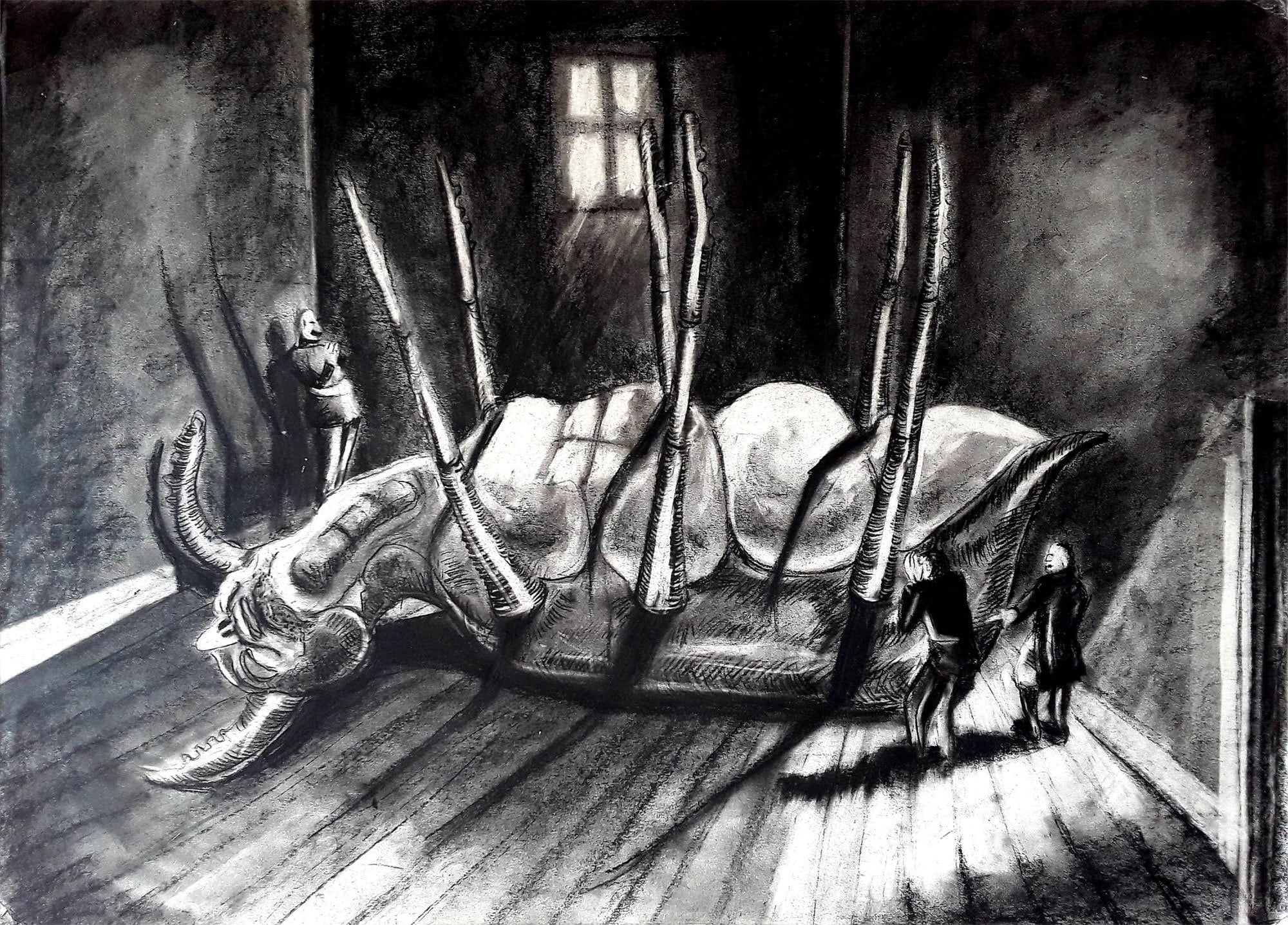

Visual language plays a strong part in how the subjects are interpreted by the reader or viewer. Fig 8 – The Metamorphosis Visual style and use of colour I’ve chosen this one because it’s one of the more inventive versions showing the man/chrysalis a great metaphor for the subject of the book. There are many great examples of handwritten typography. The strong geometric shapes formed by the black shadows and light from the door lead the viewer’s eye from the shocked insect at the bottom left of the image up to the shadow of the figure in the doorway. His black and white scratchboard images are incredibly inventive.

Peter Kupers comic version of the book is great. Fig 6 – The Metamorphosis Composition layout and visual hierarchy There are some beautiful hand drawn typographical interpretations reminiscent of Dadaist or Bauhaus designs. Fig 5 – The Metamorphosis A typographic interpretation A man/beetle on its back on a bed is a frequent trope. Illustrators that create images that portray a lifelike scene from the book.

Fig 4 – The Metamorphosis A literal interpretation These fall into a number of groups and many describe the man trapped in the body of an insect. Fig 3 – The Metamorphosis A symbolic interpretation Where the image is a metaphor for a key theme or subject in the book. This image captures something at a conceptual level that describes the overall theme of the book rather than something tied to a particular narrative event. Some interpret the book as a commentary on the human condition. This section considers the different components and qualities that different illustrators have employed in making images to represent the book, and how these choices give meaning to the image. How have illustrators’ choices framed your understanding of what the story is about? The man/beetle in the prison-cell bedroom. Fig 1 The Metamorphosis (1916)Įven the more literal interpretations tend to be non-specific in relation to a specific point in the narrative. They tend to focus on the bigger overarching themes man imprisoned in the body of an insect, isolation and humiliation. Generally the images are relatively non-specific in terms of relationship to the narrative. Questions Where in the narrative have artists placed the image? They a constructed through a limited number of subjects:Īrtists have chosen to explore the themes through these subjects in a number of different ways. The illustrations I’ve researched almost all have the following characteristics: The book was first published in 1915 and the book is set at time in or around that period. He is further diminished because he is unable to earn a living. He is unable to communicate and starts to eat rotten food and behave like the insect he has become. Gregor is transformed into a creature and gradually loses is humanity as the book progresses. The main themes in the book are isolation and alienation. Most of the action takes place in Gregor’s bedroom that is part of a small apartment where he lives with his elderly parents and sister. Ultimately he is even spurned by his sister and he dies of shame. He becomes a stranger in his own home, humiliated by the cleaning lady, unable to provide an income to his elderly parents. He becomes an embarrassment to his family and later in the book an object of disgrace. The Metamorphosis is the story of Gregor a travelling salesman who transforms overnight into a large beetle. Is it about how different illustrators have represented The Metamorphosis in a single image (an illustration for a book cover, poster or other publicity material), or does it relate to how illustrators have created images to support different parts of the text? An example would be Peter Kuper’s comic book version where the whole book is illustrated.įor the purpose of this exercise I’m assuming the former how illustrators and designers have chosen to create a single image to represent the whole book. The way the question is framed is ambiguous.
Metamorphosis franz kafka art tv#
Extend your research to look at film, artists, theatre, TV and other visual representations.How have illustrators used these elements? You’ll find that there’s a limited range of images – the bedroom door, the beetle and the bed.Research how different illustrators have tackled this story.The purpose of this exercise was to look at how different illustrators have represented Franz Kafka’s short story The Metamorphosis.


 0 kommentar(er)
0 kommentar(er)
